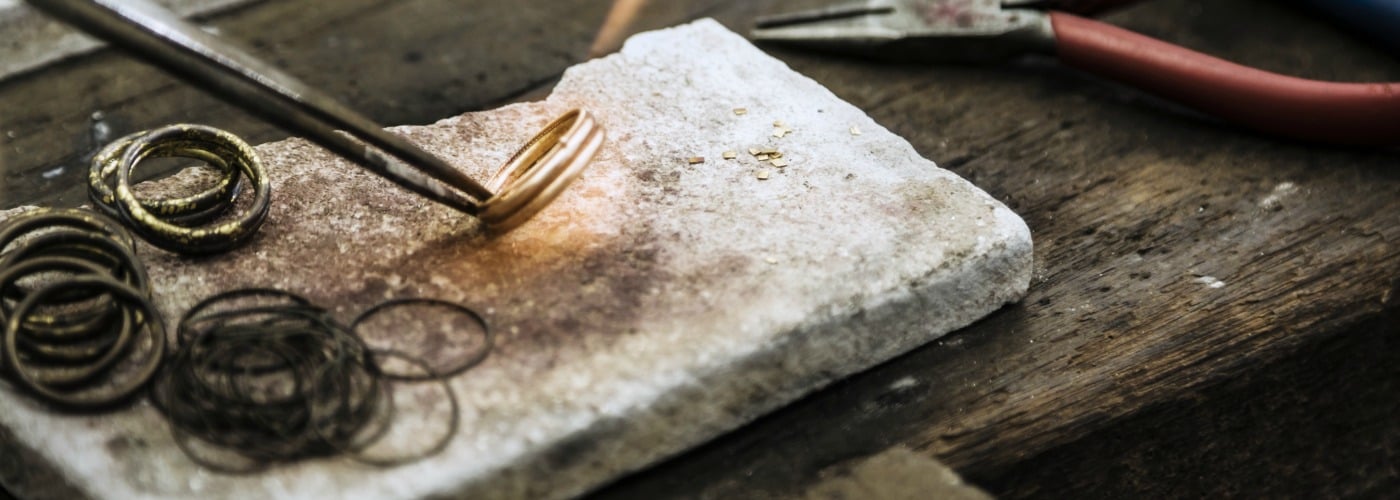Your Quick And Easy Guide To Engagement Ring Metals
Movies and novels concerning two people who are prepared to dedicate their entire lives to each other always achieve a romantic peak around the engagement. The actual act of getting down on one knee and hoping for a simple ‘yes’, or thinking outside the box and blowing her off her feet with an extravagant act, both make for a memorable moment and a gift that goes beyond a beautiful diamond ring. But in the run up to the proposal is the search for the perfect ring. We’ve put together a quick and easy guide to engagement ring metals, to help you make the best choice for your lucky bride.
Related: What’s the Best Engagement Ring Style for Her Hand Type?
Rose Gold
Rose gold is a growing trend as it stands out against the traditional metals to offer something a bit unique. Rose gold contains copper which gives it a rich and warm hue. The origin of this metal goes back to the Russian Empire, when it became popular to mix copper with gold to give jewellery a pinkish colour. Since pink was strongly associated with romance in the Victorian period, the trend for what was known as ‘Russian Gold’ caught on, and today its popularity is growing.
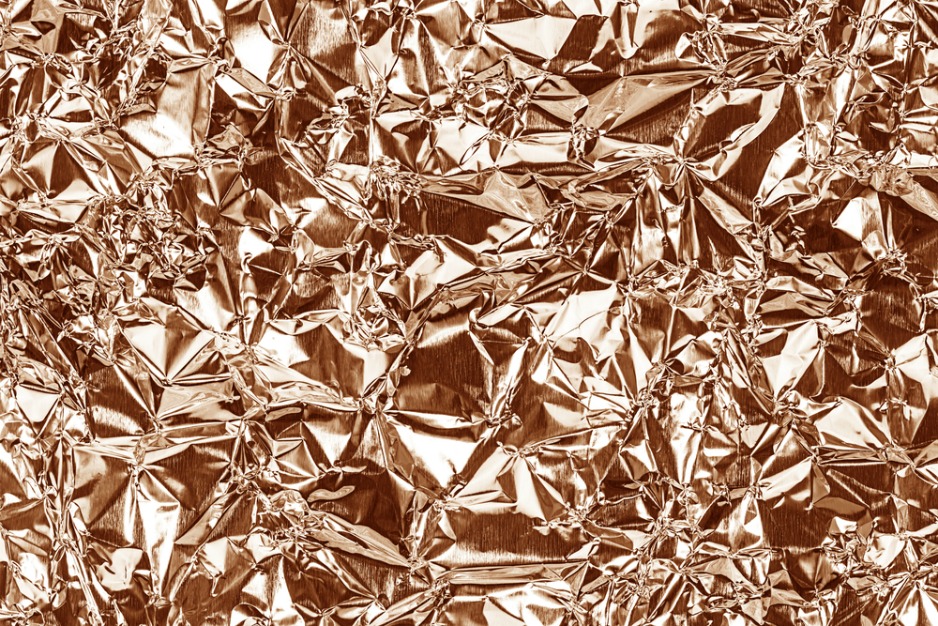
Yellow Gold
This traditional metal has a long history that stretches back millenia in terms of ring wearing. It is a popular choice and also very easy to repair. Pure gold is measured at 24 carat and is much too soft to be crafted into jewellery, so is mixed with other materials to strengthen it. 18 carat gold for instance has 75% pure gold and 9 carat gold has 37.5% pure gold. Yes you’re getting less gold, but the end product is much stronger and more easily crafted.
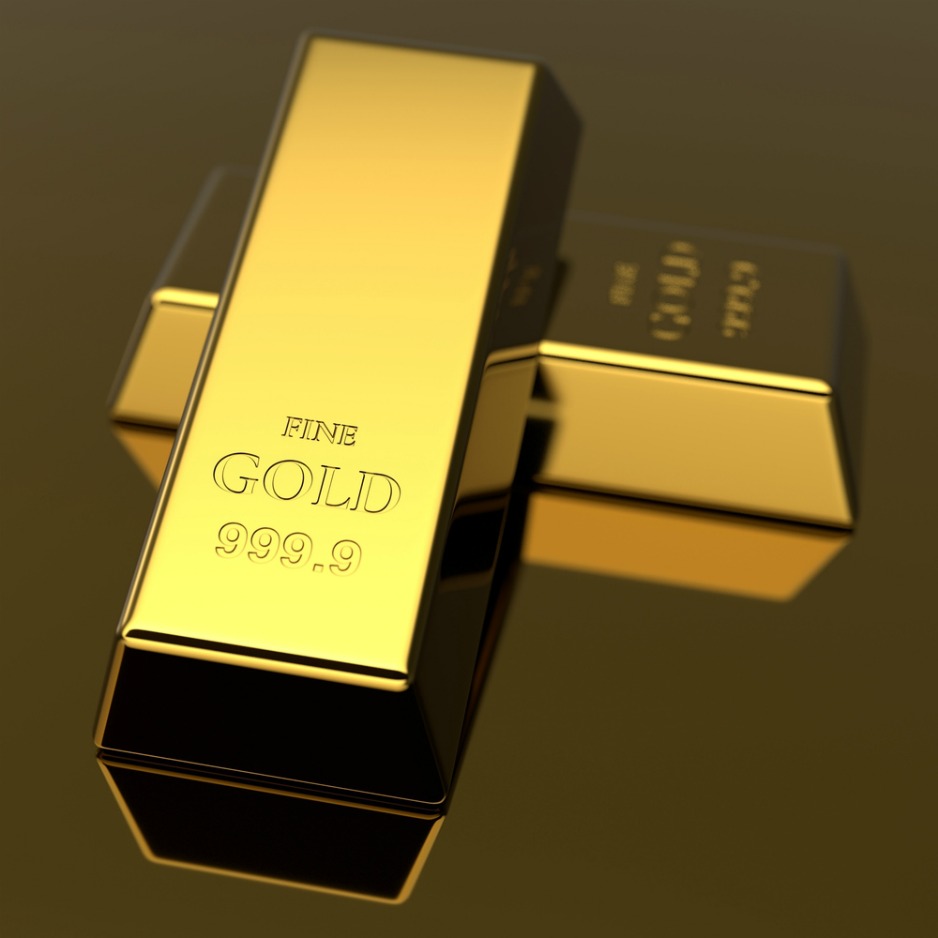
Related: An Engagement Ring For Every Budget
White Gold
White Gold is reasonably new to the jewellery market when compared to its yellow counterpart. Although white gold has only emerged in the last 60 years, it is currently the most prevalent metal for engagement rings. As pure gold alone is too soft for substantial jewellery, white gold is usually made up of other elements such as Copper, Nickel, and Zinc, in addition to gold. This, as well as a thin layer of Rhodium, gives it a white hue and an exceptional level of durability.
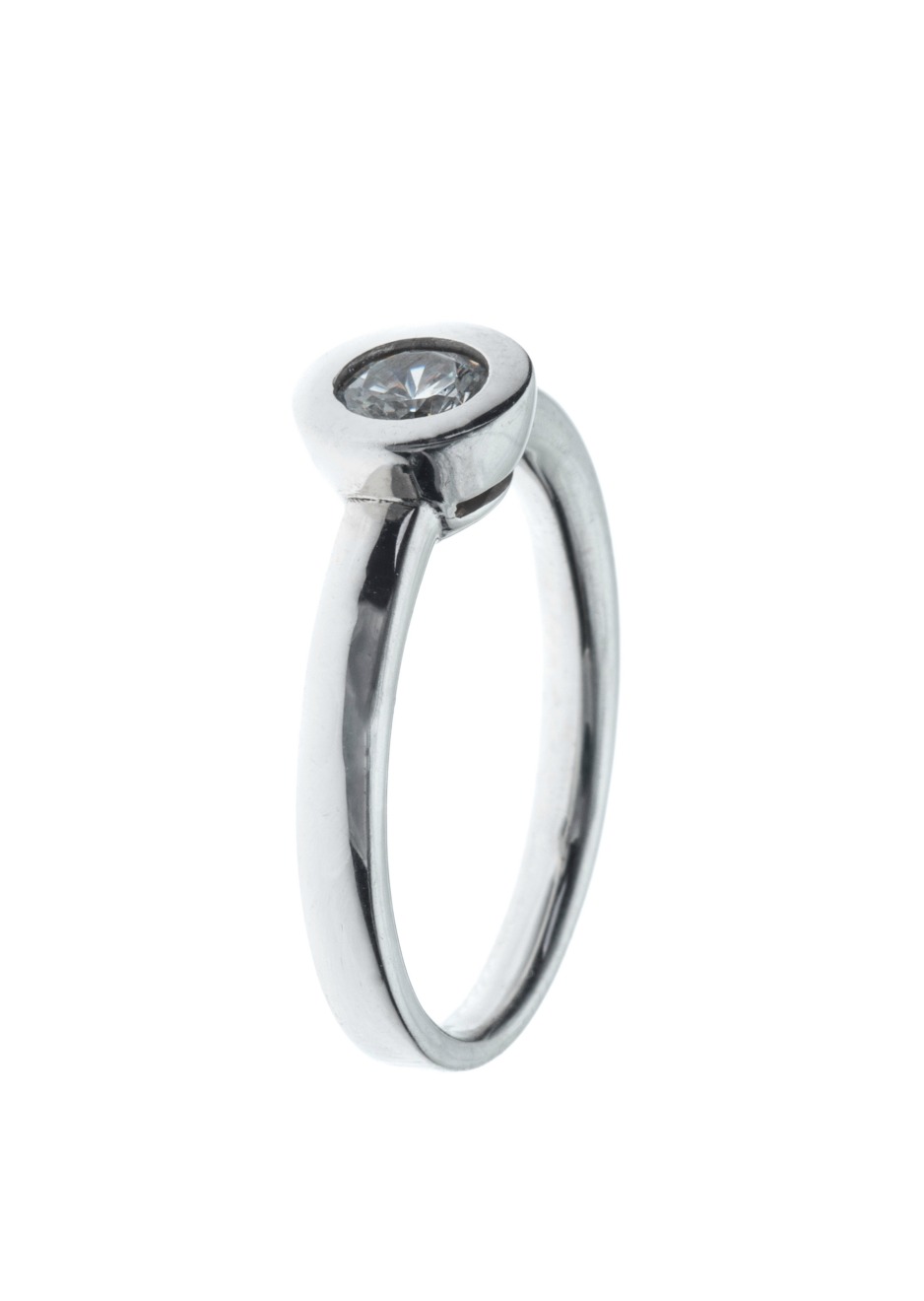
Platinum
Platinum is one of the rarest metals on this list, yet a popular choice for engagement rings. It started being used for jewellery in the 18th Century, thanks to Louis XVI of France. A benefit of platinum is that it is hypoallergenic, so those with sensitive skin won’t suffer from irritation. However, platinum has to be predominantly pure to earn its name. If the metal is less than 95% platinum it is named with the other metals first. Therefore, if your ring is labelled ‘platinum’, its guaranteed to be at least 95% pure.
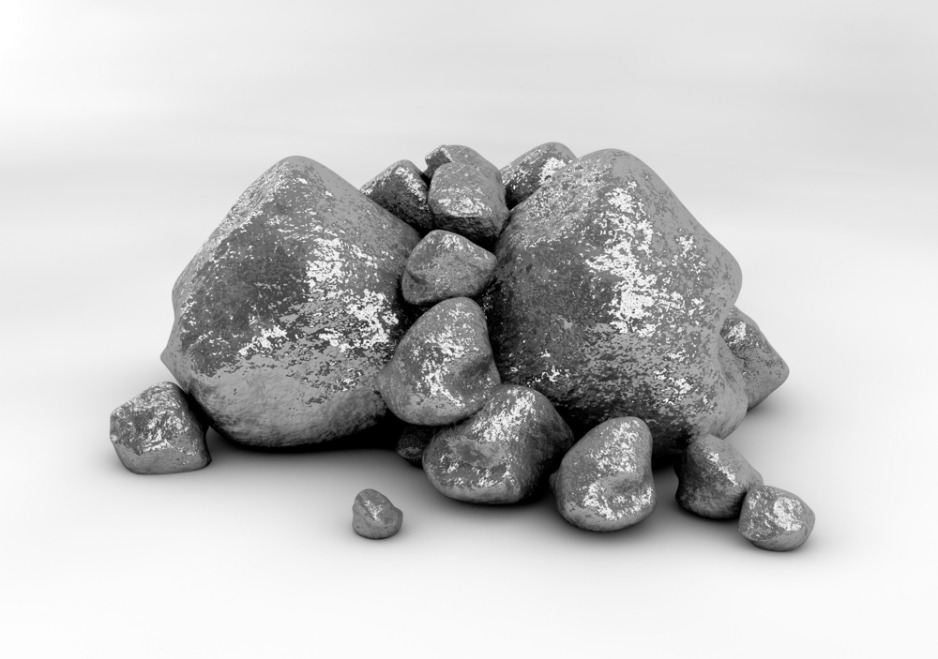
Palladium
Palladium is quite a rare option for engagement rings, but it has its benefits. It’s lighter than platinum but with the same hypoallergenic abilities. It’s also harder than gold and silver, with impressive durability. It glows with a silvery white surface and first entered the market during WWII, when platinum was limited for military use only.
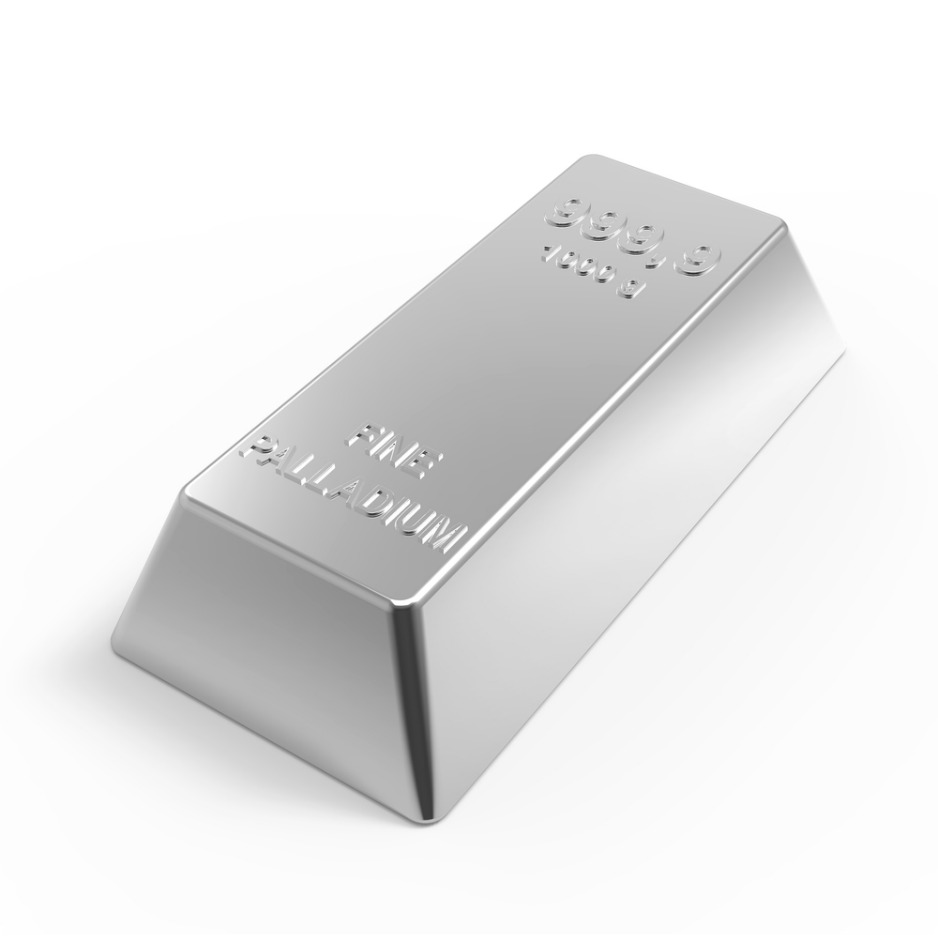
Titanium
Titanium is a lightweight metal that also shines with abundant strength and high durability. It was discovered in Cornwall in 1791 and named after the Titans, the second order of divine beings according to Classical Greek mythology. Titanium boasts the highest strength-to-weight ratio of the ring metals, being as strong as steel but significantly lighter.

What’s your favourite metal for engagement rings? Let us know in the comments!



